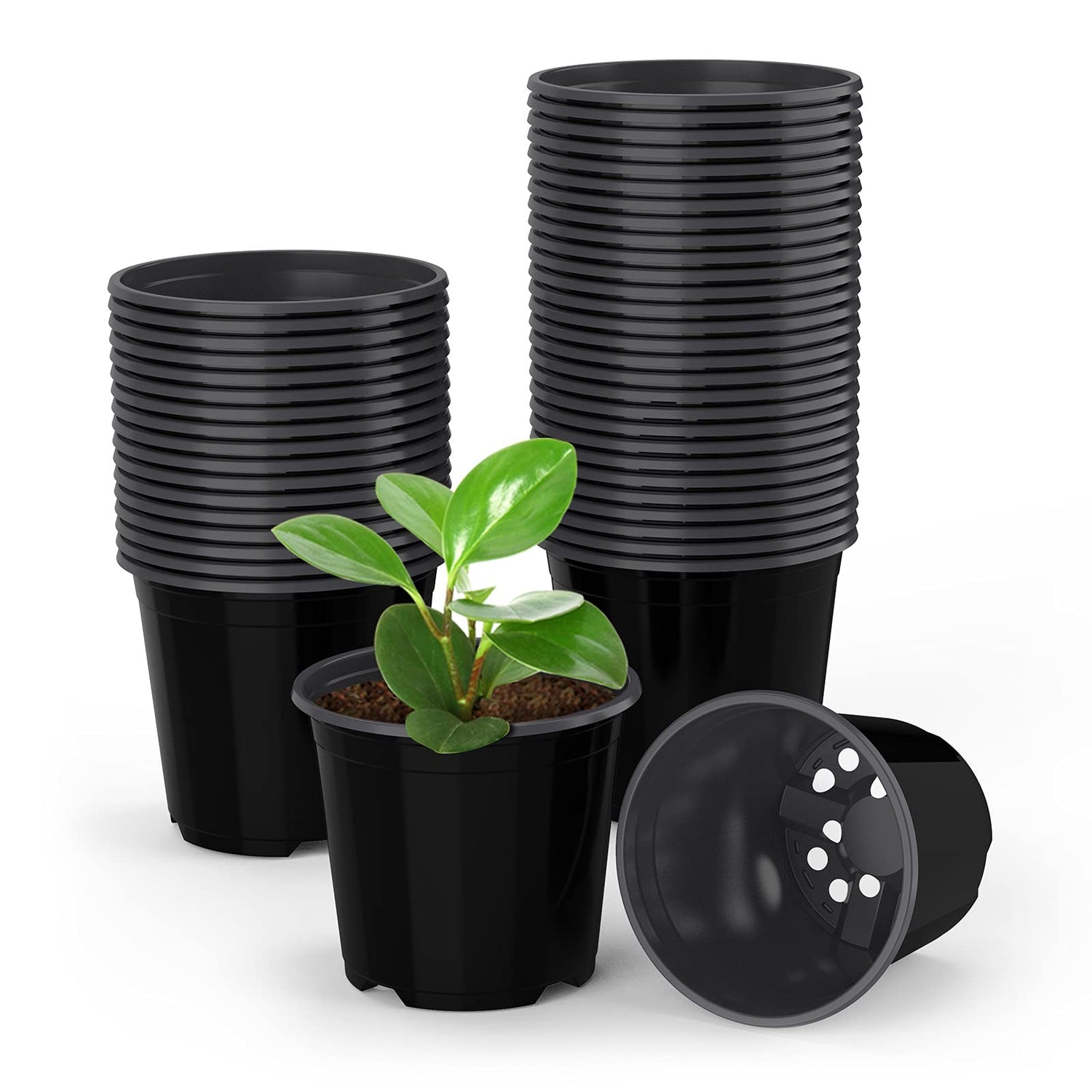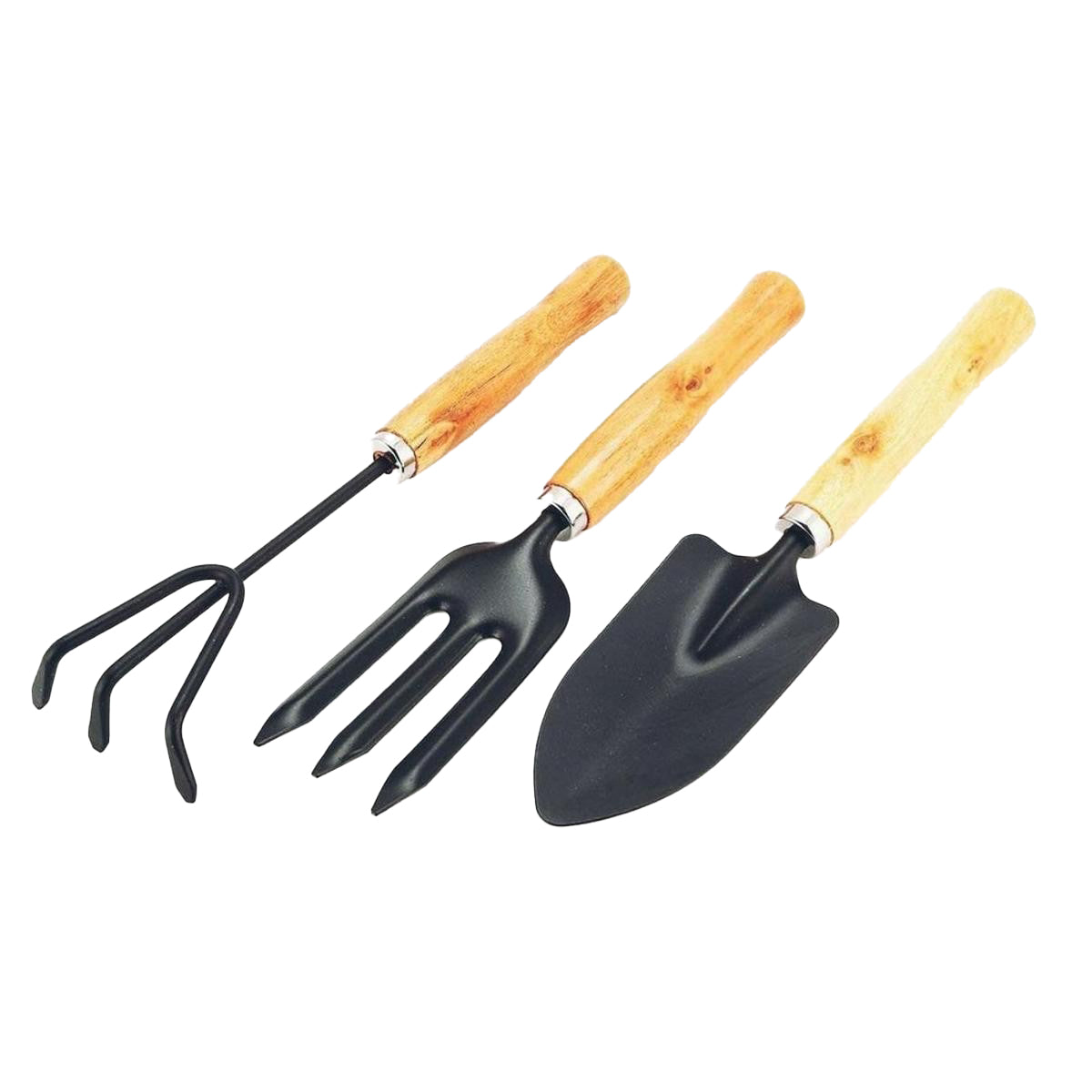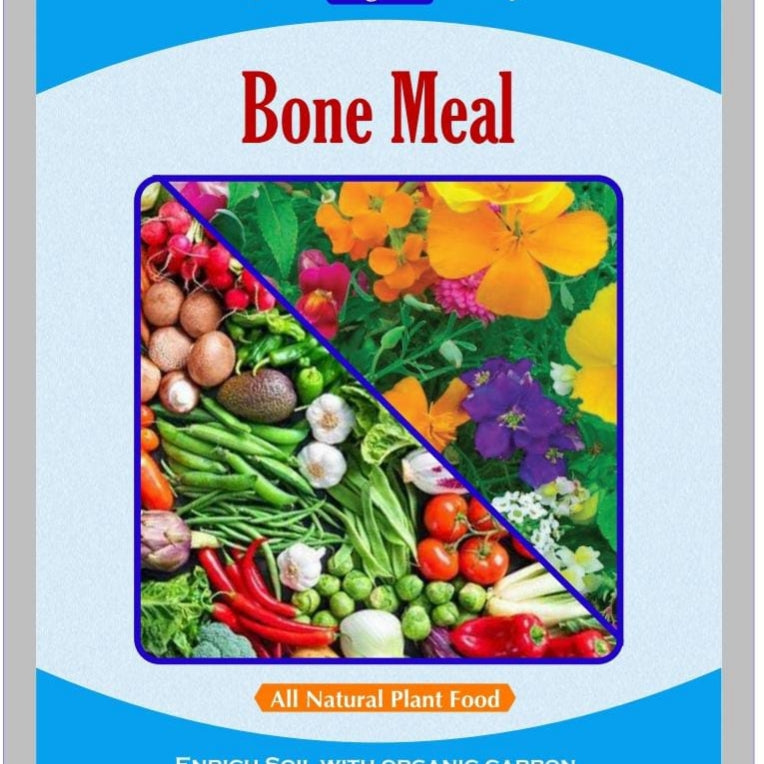
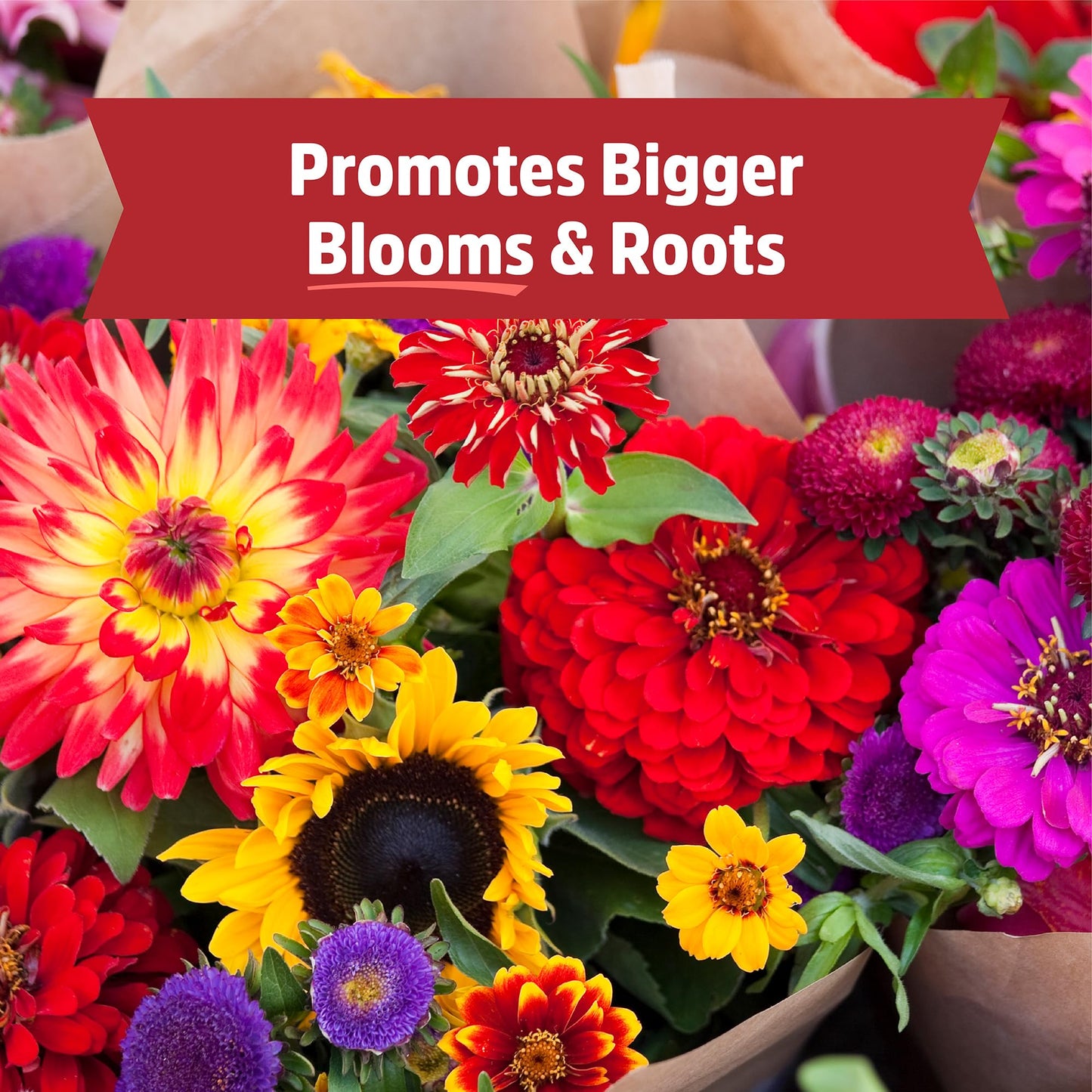
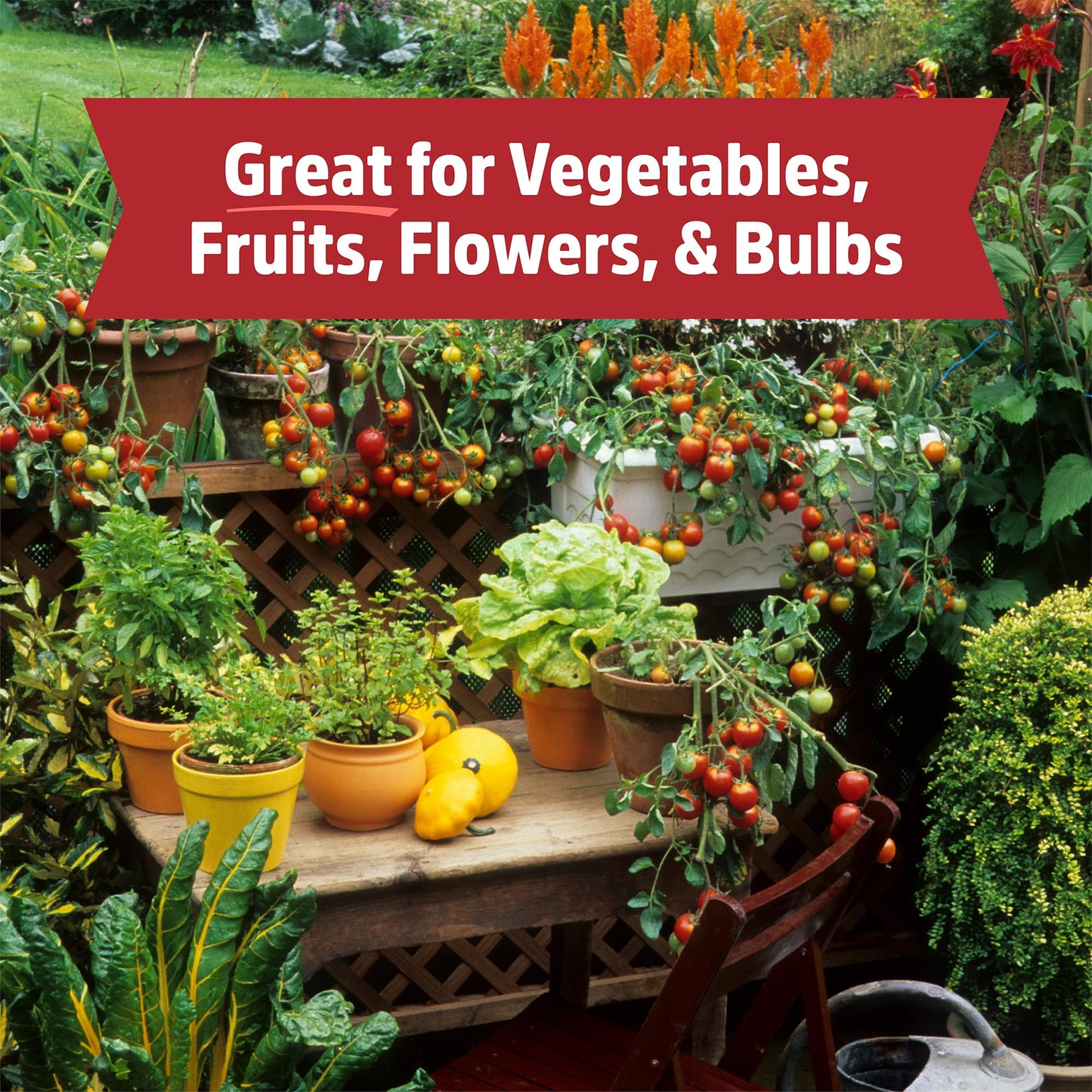
Bone Meal Fertilizer – Natural Boost for Roots & Flowers
Bone Meal Fertilizer (also known as bone meal powder, bonemeal, or haddi ka choora) is a classic organic supplement made by finely grinding animal bones. It’s rich in phosphorus and calcium, which makes it perfect for bulbs, flowers, root crops, and even fruiting vegetables.
Whether you're growing tomatoes, roses, onions, or tulips, this slow-release fertilizer strengthens roots, encourages flowering, and supports plant health in pots, beds, or grow bags.
Why Gardeners Prefer It
- Phosphorus-Rich – Encourages deep root development and strong flowering
- Calcium for Stems – Supports sturdy stems and better disease resistance
- Lasts 4–6 Months – Slow-release granules provide long-lasting nutrients
- Safe for Edibles – Works great for tomatoes, garlic, okra, and fruit trees
- Ideal for Flowers – Helps early growth in tulips, onions, garlic, and more
How to Use Bone Meal
For Garden Beds & Borders
- Mix 1–2 tablespoons per sq. ft into topsoil before planting
- For existing plants: sprinkle near roots, mix in lightly, and water well
For Bulbs (Onions, Garlic, Tulips)
- Add 1 tablespoon into the planting hole before placing the bulb
- Cover with light soil and plant as usual
For Potted Plants
- Use 1 tablespoon per 12-inch pot
- Apply during planting or as a top dressing
For Trees & Shrubs
- Spread 1–2 cups around the drip line (not against trunk)
- Lightly mix and water deeply
- Repeat every 4–6 months
Quick Tip
Always water thoroughly after applying bone meal — it activates the phosphorus and ensures slow, steady nutrient release.
Seasonal Tip
Apply bone meal before planting any flowering or root-forming crop. It’s great for onions in spring, roses in summer, and bulbs in autumn/winter.
FAQs – Bone Meal for Plants
What does bone meal do?
It improves root strength, encourages flowering, and provides balanced nutrition to bulbs and flowering plants.
Is it safe for food plants?
Yes — it’s great for vegetables like tomatoes, carrots, onions, and okra.
How often to apply?
Once every 4–6 months is enough due to its slow-release formula.
Can I mix it with other fertilizers?
Yes! Works well with compost, neem cake, vermicompost, or seaweed fertilizer.
Does it have a smell?
It has a mild earthy smell that fades after watering — nothing strong or unpleasant.









